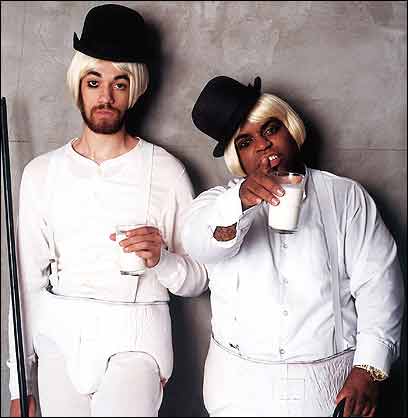Compare and contrast the two stories :
1. I needed a new debit card for my UK bank account. I called the customer service number for this relatively simple request, only to be told that I did not meet “the criteria” for getting a new card over the phone. Bear in mind that I have always ordered my cards this way before and have been with the bank for about ten years. They would not tell me which criteria I did not meet. I’m not the most patient person when it comes to poor service like this, so I had to go through four layers of call centre management before someone had the initiative to solve the problem. Total length of my call : 45 minutes.
2. I needed to transfer some money from a UK account to a NZ account. After some research I decided to use a service called Tranzfers which offers much better rates than commercial banks and with cheaper fees. I registered with them at about 11pm (New Zealand time). Barely five minutes had passed before my phone rang. It was a Tranzfers customer service rep asking if I had any questions about the service.
In the first example I was so totally annoyed with the whole process that if someone had given me the option to change banks on the spot, I would have done so without hesitation.
In the second example, I’m sure as hell going to use Tranzfers. If this is the service it provides when I sign up, then I’m pretty sure I won’t be kept on hold for 45 minutes for a simple query.
Why is this relevant?
Innovation can sometimes be time consuming and expensive. When it comes to service innovation, it can be doubly so. However a business can make a huge impression on a customer not through massive innovation programmes, but by simply treating people right from the outset.
The moral of the story : Get the basics right before embarking on innovation journeys.






